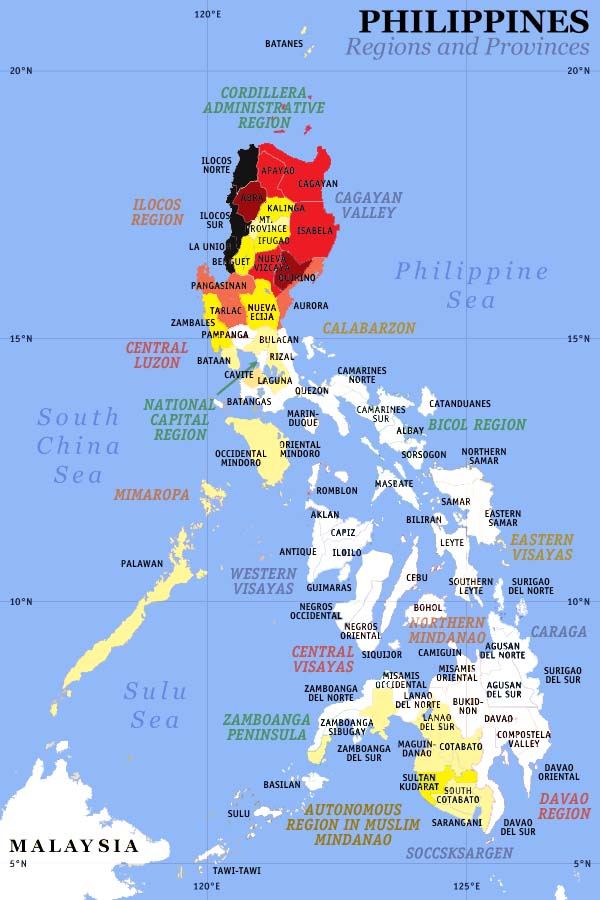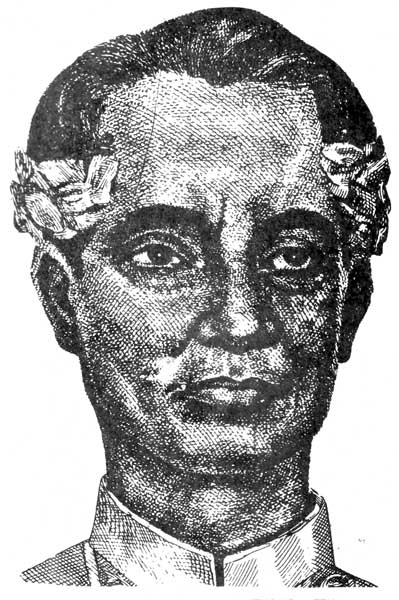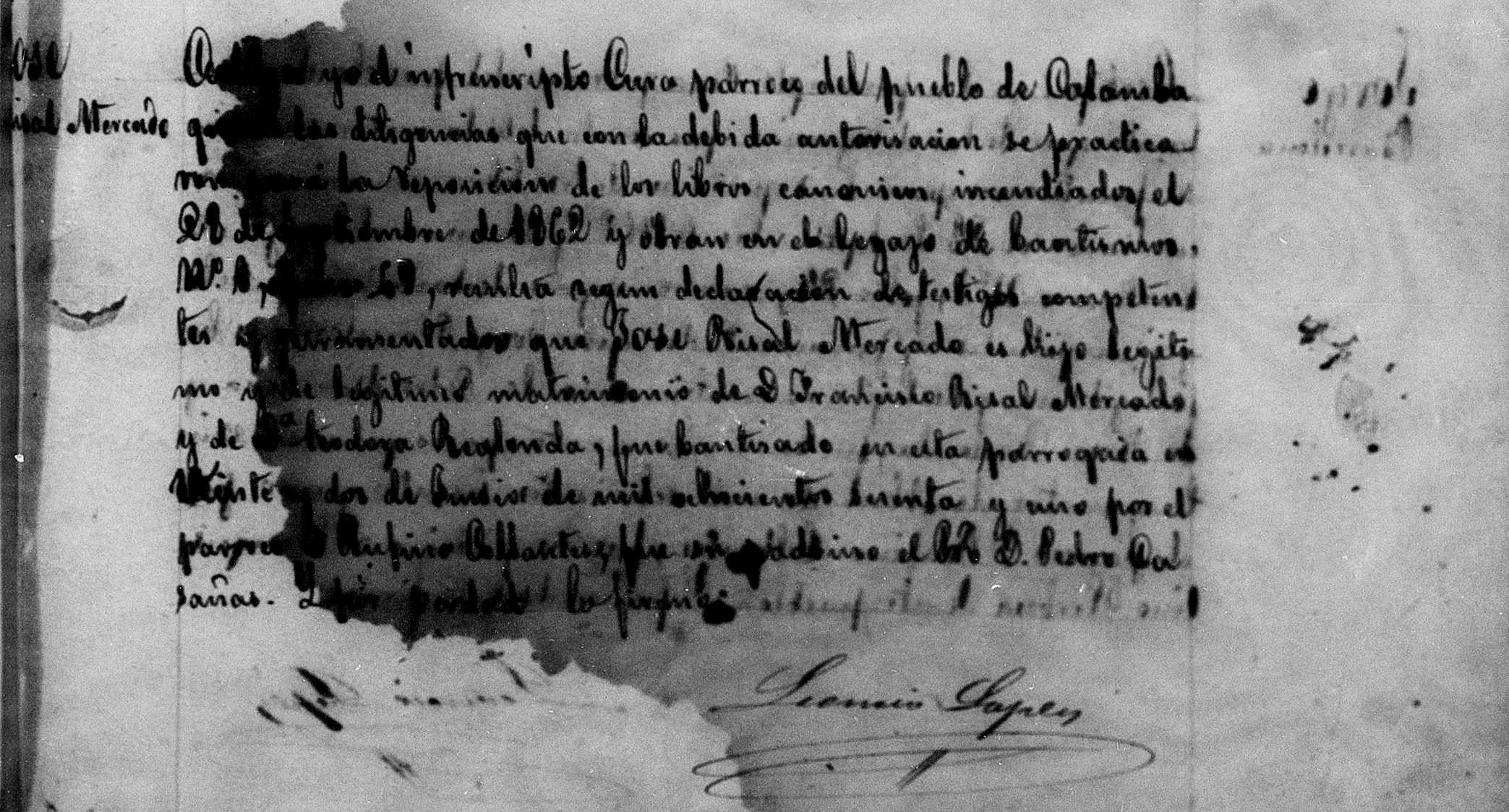|
Leon C. Pichay
Leon Pichay (June 27, 1902 – August 11, 1970) was a writer and poet from the Philippines. Pichay was one of the most active Ilocano writers of his time. He wrote short stories, plays, novels, essays and more than 400 poems. He was known as the 'King of Ilocano Poets' during the 1950s. He was born on June 27, 1902, in Vigan, Ilocos Sur. He studied law at the University of Manila. During his studies he wrote many poems and worked for various Ilocano newspapers, including being an associate writer for the '' Ilocano Times''. Other publications for which he wrote include ''Panagbiag'', ''Timekmi, Ti Agipaawat'', ''Wagayway'', ''Heraldo Ilocano'', ''El Norte'', and ''Naimbag a Damag''. He also became members of societies such as the Filipino Editors and Publishers Union (as editor) and of Romanceros Nacionales (as secretary-general). Eventually he was not able to complete his studies. Pichay was a versatile and active writer, and he wrote short stories, plays, novels, essays and ... [...More Info...] [...Related Items...] OR: [Wikipedia] [Google] [Baidu] |
Historical Marker Leon Pichay
History (derived ) is the systematic study and the documentation of the human activity. The time period of event before the invention of writing systems is considered prehistory. "History" is an umbrella term comprising past events as well as the memory, discovery, collection, organization, presentation, and interpretation of these events. Historians seek knowledge of the past using historical sources such as written documents, oral accounts, art and material artifacts, and ecological markers. History is not complete and still has debatable mysteries. History is also an academic discipline which uses narrative to describe, examine, question, and analyze past events, and investigate their patterns of cause and effect. Historians often debate which narrative best explains an event, as well as the significance of different causes and effects. Historians also debate the nature of history as an end in itself, as well as its usefulness to give perspective on the problems o ... [...More Info...] [...Related Items...] OR: [Wikipedia] [Google] [Baidu] |
Ilocano Language
Ilocano (also Ilokano; ; Ilocano: ) is an Austronesian language spoken in the Philippines, primarily by Ilocano people and as a lingua franca by the Igorot people and also by the native settlers of Cagayan Valley. It is the third most-spoken native language in the country. As an Austronesian language, it is related to Malay (Indonesian and Malaysian), Tetum, Chamorro, Fijian, Māori, Hawaiian, Samoan, Tahitian, Paiwan, and Malagasy. It is closely related to some of the other Austronesian languages of Northern Luzon, and has slight mutual intelligibility with the Balangao language and the eastern dialects of the Bontoc language. The Ilokano people had their indigenous writing system and script known as ''kur-itan''. There have been proposals to revive the ''kur-itan'' script by teaching it in Ilokano-majority public and private schools in Ilocos Norte and Ilocos Sur. Classification Ilocano, like all Philippine languages, is an Austronesian language, a very expansive ... [...More Info...] [...Related Items...] OR: [Wikipedia] [Google] [Baidu] |
Vigan
Vigan, officially the City of Vigan ( ilo, Siudad ti Vigan; fil, Lungsod ng Vigan), is a 4th class component city and capital of the province of Ilocos Sur, Philippines. According to the 2020 census, it has a population of 53,935 people. Located on the western coast of the large island of Luzon, facing the South China Sea, it is a UNESCO World Heritage Site and it is one of the few Spanish colonial towns left in the Philippines whose old structures have mostly remained intact.It is well known for its sett pavements and a unique architecture of the Spanish Philippines colonial era which fuses Native Philippine and Oriental building designs and construction, with colonial Spanish architecture that is still abundant in the area, mainly the Bahay na Bato houses and an Earthquake Baroque church. Former Philippine president Elpidio Quirino, the sixth President of the Philippines, was born in Vigan, at the former location of the Provincial Jail (his father was a warden); he resided ... [...More Info...] [...Related Items...] OR: [Wikipedia] [Google] [Baidu] |
Ilocos Sur
Ilocos Sur, officially the Province of Ilocos Sur ( ilo, Probinsia ti Ilocos Sur; tl, Lalawigan ng Ilocos Sur), is a province in the Philippines located in the Ilocos Region in Luzon. Located on the mouth of the Mestizo River is the capital of Vigan. Ilocos Sur is bordered by Ilocos Norte and Abra to the north, Mountain Province to the east, La Union and Benguet to the south and the South China Sea to the west. Ilocos Sur was founded by the Spanish ''conquistador'' Juan de Salcedo in 1572. It was formed when the north (now Ilocos Norte) split from the south (Ilocos Sur). At that time it included parts of Abra and the upper half of present-day La Unión. The current boundary of the province was permanently defined through ''Act 2683'' signed in March 1917. The province is home to two UNESCO World Heritage Sites, namely, the Heritage City of Vigan and the Baroque Church of Santa Maria. History Before the arrival of the Spaniards, the coastal plains in northwestern Luz ... [...More Info...] [...Related Items...] OR: [Wikipedia] [Google] [Baidu] |
University Of Manila
, mottoeng = ''Country Science and Virtue'' , type = Private Non-sectarian Research Coeducational Basic and Higher education institution , established = , founders = , academic_affiliations = ASAIHL PACU PACUCOAIAU PAFTE PSERE , president = Emily Dodson de Leon, Ed. D. , faculty = 800 , students = over 9,000 , city = 546 MV delos Santos St., Sampaloc, Manila , province = Metro Manila , country = Philippines , campus = Urban Sampaloc, Manila , free_label = Alma Mater Song , free = "UM Forever" , colors = and , sporting_affiliations = NAASCU , sports_free_label = Sports , sports_free = Basketball , nickname = Hawks , mascot = Hawk , website = The University of Manila (UM) ( fil, Ang Pamantasan ng Ma ... [...More Info...] [...Related Items...] OR: [Wikipedia] [Google] [Baidu] |
Ilocano Times
Ilocano or Ilokano may refer to: * Ilocano people * Ilocano language * Ilocano literature Ilocano literature or Iloko literature pertains to the literary works of writers of Ilocano ancestry regardless of the language used - be it Ilocano, English, Spanish or other foreign and Philippine languages. In Ilocano language, the terms "Il ... {{disambiguation Language and nationality disambiguation pages ... [...More Info...] [...Related Items...] OR: [Wikipedia] [Google] [Baidu] |
Ilocano Literature
Ilocano literature or Iloko literature pertains to the literary works of writers of Ilocano ancestry regardless of the language used - be it Ilocano, English, Spanish or other foreign and Philippine languages. In Ilocano language, the terms "Iloko" and "Ilocano" are different. Generally, "Iloko" is the language while "Ilocano" refers to the people or the ethnicity of the people who speak the Iloko language. Ilocano literature in the Philippines is one of several regional Philippine literatures. It is one of the most active tributaries to the general Philippine literature, next to Tagalog (Filipino) and Philippine Literature in English. History of Iloko literature Ilocanos are Austronesian-speaking people. Families and clans arrived by viray or bilog, meaning "boat". The term Ilokano originates from i-, "from", and looc, "cove or bay", thus "people of the bay." Ilokanos also refer to themselves as Samtoy, a contraction from the Ilokano phrase sao mi ditoy, "our language here" ... [...More Info...] [...Related Items...] OR: [Wikipedia] [Google] [Baidu] |
Balagtasan
''Balagtasan'' is a Filipino form of debate done in verse. Derived from the name of Francisco Balagtas, this art presents a type of literature in which thoughts or reasoning are expressed through speech. The first balagtasan took place in the Philippines on April 6, 1924, created by groups of writers to commemorate the birth of Francisco Balagtas. They made the first balagtasan with three sets of poets presenting a scripted defense. They based the form on earlier types of debates that also used poetic elements such as ''karagatan'', ''huwego de prenda'' and, ''duplo''. Balagtasan is participated by two or more protagonists who engaged in a debate on a selected subject. Each protagonist are to express their views in verse and with rhyming. Refutations shall also be done in the same manner. A judge, known as the ''lakandiwa'' if male or ''lakambini'' if female, will decide the winner of the balagtasan. The judge shall also announce the winner in verse and with rhyming. The partic ... [...More Info...] [...Related Items...] OR: [Wikipedia] [Google] [Baidu] |
José Rizal
José Protasio Rizal Mercado y Alonso Realonda (, ; June 19, 1861 – December 30, 1896) was a Filipino nationalist, writer and polymath active at the end of the Spanish colonial period of the Philippines. He is considered the national hero (''pambansang bayani'') of the Philippines. An ophthalmologist by profession, Rizal became a writer and a key member of the Filipino Propaganda Movement, which advocated political reforms for the colony under Spain. He was executed by the Spanish colonial government for the crime of rebellion after the Philippine Revolution broke out; it was inspired by his writings. Though he was not actively involved in its planning or conduct, he ultimately approved of its goals which eventually resulted in Philippine independence. Rizal is widely considered one of the greatest heroes of the Philippines and has been recommended to be so honored by an officially empaneled National Heroes Committee. However, no law, executive order or proclamation ... [...More Info...] [...Related Items...] OR: [Wikipedia] [Google] [Baidu] |
Antonio Luna
Antonio Narciso Luna de San Pedro y Novicio Ancheta (; October 29, 1866 – June 5, 1899) was a Filipino army general who fought in the Philippine–American War before his assassination in 1899. Regarded as one of the fiercest generals of his time, he succeeded Artemio Ricarte as the Commanding General of the Philippine Army. He sought to apply his background in military science to the fledgling army. A sharpshooter himself, he organized professional guerrilla soldiers later named the "Luna Sharpshooters" and the "Black Guard" with Senyor Michael Joaquin. His three-tier defense, now known as the Luna Defense Line, gave the American troops a difficult endeavor during their campaign in the provinces north of Manila. This defense line culminated in the creation of a military stronghold in the Cordillera. Despite his commitment to discipline the army and serve the Republic which attracted the admiration of people, his temper and fiery outlashes caused some to abhor him, including ... [...More Info...] [...Related Items...] OR: [Wikipedia] [Google] [Baidu] |
Historical Markers Of The Philippines
Historical markers (Filipino: ''panandang pangkasaysayan'', Spanish: ''marcador histórico'' or ''placa histórica'') are installed by the National Historical Commission of the Philippines (NHCP) in the Philippines and places abroad that signify important events, persons, structures, and institutions in Philippine national and local histories. The plaques themselves are permanent signs installed by the NHCP in publicly visible locations on buildings, monuments, or in special locations. Local municipalities and cities can also install markers of figures and events of local significance. Though they may have the permission of the NHCP, these markers are barred from using the seal of the Republic of the Philippines. While many Cultural Properties have historical markers installed, not all places marked with historical markers are designated into one of the particular categories of Cultural Properties. As of January 2012, the total number of historical markers listed by the NHCP ... [...More Info...] [...Related Items...] OR: [Wikipedia] [Google] [Baidu] |
National Historical Commission Of The Philippines
The National Historical Commission of the Philippines ( fil, Pambansang Komisyong Pangkasaysayan ng Pilipinas, abbreviated NHCP) is a government agency of the Philippines. Its mission is "the promotion of Philippine history and cultural heritage through research, dissemination, conservation, sites management and heraldry works." As such, it "aims to inculcate awareness and appreciation of the noble deeds and ideals of our heroes and other illustrious Filipinos, to instill pride in the Filipino people and to rekindle the Filipino spirit through the lessons of history." History The present day NHCP was established in 1972 as part of the reorganization of government after President Ferdinand Marcos' declaration of martial law, but the roots of the institute can be traced back to 1933, when the American colonial Insular Government first established the Philippine Historical Research and Markers Committee (PHRMC). Philippine Historical Research and Markers Committee (1933) The P ... [...More Info...] [...Related Items...] OR: [Wikipedia] [Google] [Baidu] |
.jpg)





